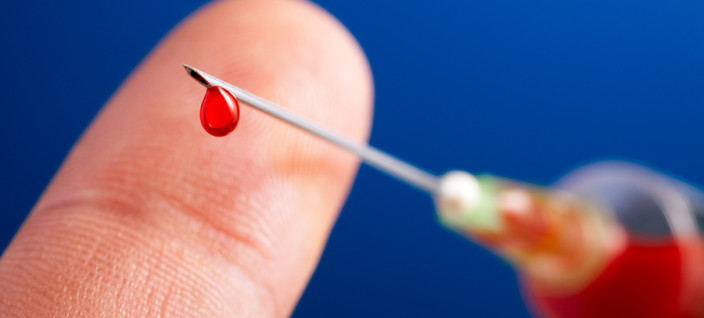Watusayin.com provides a “safe space” for youth ages 18 – 26 years, where they can explore information about healthy lifestyles.
Login
Body Fluids & HIV
Which Bodily Fluid contains HIV?
HIV lives and reproduces in blood and other body fluids. We know that the following fluids can contain high levels of HIV:
- Blood
- Semen (cum)
- Pre-seminal fluid (pre-cum)
- Breast milk
- Vaginal fluids
- Rectal (anal) mucous
Other body fluids and waste products—like feces, nasal fluid, saliva, sweat, tears, urine, or vomit—don’t contain enough HIV to infect you, unless they have blood mixed in them and you have significant and direct contact with them. Healthcare workers may be exposed to some other body fluids with high concentrations of HIV, including:
- Amniotic fluid
- Cerebrospinal fluid
- Synovial fluid
How is HIV transmitted through Bodily Fluids?
HIV is transmitted through body fluids in very specific ways:
- During sexual contact: When you have anal, oral, or vaginal sex with a partner, you will usually have contact with your partner’s body fluids. If your partner has HIV, those body fluids can deliver the virus into your bloodstream through microscopic breaks or rips in the delicate linings of your vagina, vulva, penis, rectum, or mouth. Rips in these areas are very common and mostly unnoticeable. HIV can also enter through open sores, like those caused by herpes or syphilis, if infected body fluids get in them.
You need to know that it’s much easier to get HIV (or to give it to someone else), if you have a sexually transmitted disease (STD). For more information, see CDC’s The Role Of STD Detection And Treatment In HIV Prevention.
- During pregnancy, childbirth, or breastfeeding: Babies have constant contact with their mother’s body fluids-including amniotic fluid and blood-throughout pregnancy and childbirth. After birth, infants can get HIV from drinking infected breast milk.
- As a result of injection drug use: Injecting drugs puts you in contact with blood-your own and others, if you share needles and “works”. Needles or drugs that are contaminated with HIV-infected blood can deliver the virus directly into your body.
- As a result of occupational exposure: Healthcare workers have the greatest risk for this type of HIV transmission. If you work in a healthcare setting, you can come into contact with infected blood or other fluids through needle sticks or cuts. A few healthcare workers have been infected when body fluids splashed into their eyes, mouth, or into an open sore or cut.
- As a result of a blood transfusion with infected blood or an organ transplant from an infected donor: Screening requirements make both of these forms of HIV transmission very rare in the United States.







